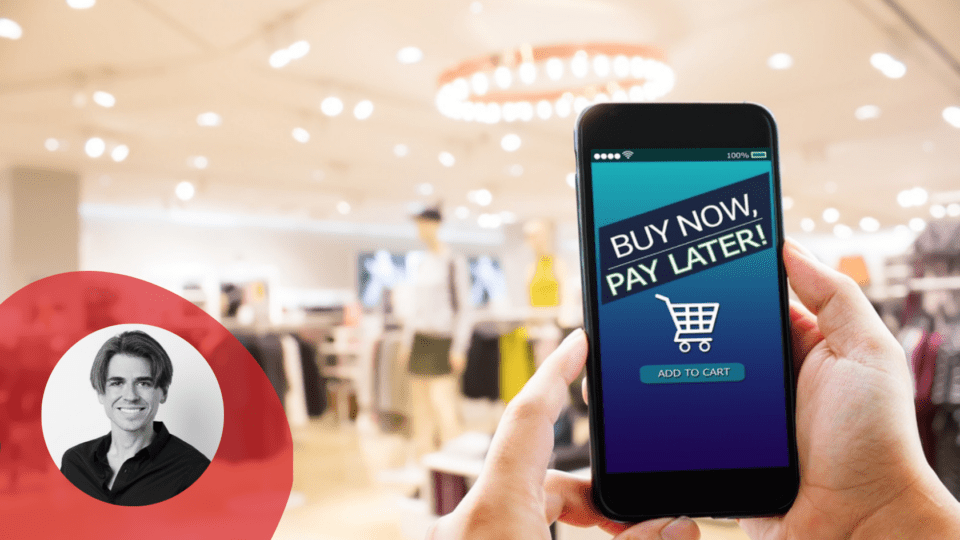In the midst of rising inflation rates, many Americans are wondering how to cut their costs — and younger generations such as Gen Z may have found a solution in the short term with “buy now, pay later” or BNPL plans. With the advent of Apple’s Pay Later offering, greater attention has been paid to the BNPL market. It has become apparent that retail brands adopting BNPL methods are seeing increases in sales, and that those that don’t are barring themselves from these new sales. But how do these solutions work, what are the risks, and how can you prepare yourself to integrate them into your retail experience?
BNPL: The Facts
In simple terms, BNPL solutions are microloans wrapped in the benefits of sleek, easy-to-use fintech. They have quickly been integrated into the websites of some of the nation’s biggest retailers. Along with that, they have a lower threshold for approval as opposed to credit-backed loans. With this ease of access, they can be used for almost anything, be it the weekly groceries or the newest luxury items.
These plans rose sharply in popularity around the time of COVID-19 lockdowns, when many Americans bought an increasing amount online. Market leaders such as Afterpay and Klarna forged new brand partnerships, and as their offerings became more visible, it quickly became an alluring option, particularly for the emergent Gen Z. This generation has taken to this payment option faster than any other, but looking at their history it is easy to see why.
Gen Z has grown up with a steady decrease in the use of physical payment, coupled with major advancements in fintech. Contactless payment evolved with Venmo’s release in 2009, and similar mobile solutions like the Apple Wallet have followed. Many commercial apps now ask for a credit card on file to make in-app purchases. For a generation that has little issue inputting their credit cards into online forms, the idea of taking an online loan is more appealing than nerve-wracking.
In addition, the threshold to obtain a BNPL loan is far lower than it would be with a traditional credit card. This makes it appealing for those with little to no credit history, or those with a bad history. The length of time to repay the loan and increments of pay can vary, though many BNPL solutions tout that they are interest-free. Consumers can either pay via a check or bank transfer, or have payments deducted from their credit or debit card automatically.
The Risks
Late or missed BNPL payments have their own consequences. In some cases, this will impact a customer’s credit score. In others, it incurs an amount of interest across the remaining payments. Some services will even suspend consumers from accessing their accounts for additional loans until their existing debt is cleared.
Despite these consequences, these loans have brought an uptick in spending. A 2021 survey from the Strawhecker Group reported that 55% of surveyed BNPL users spend more than they would with other payment methods. Perhaps some of this can be attributed to the indicated installment price included in BNPL payment options — for example, at one online retailer, a Dyson hair dryer’s price ($430) is listed alongside “or 4 payments of $107.25 with Klarna.”
Like other loaning services, BNPL solutions must also consider how to mitigate debt risks for themselves and the retailers supporting their services. Their approaches for dealing with unpaid debt vary. Some, such as Apple’s upcoming Pay Later, will have a maximum loan limit of $1,000 per user. Others allow for users to take advantage of retailers’ return policies if their payments cannot be made. Many options will also suspend a user from making future purchases with their account until missed payments are made. These options ensure that retailers can minimize the risks of utilizing these services.
The Bottom Line
So how do BNPL solutions ultimately stack up against the online payments your business already uses? Both will bring conversions to your site. They are easier to obtain for those with limited or bad credit histories, and most are brief enough that they have little to no impact on a consumers’ credit score going forward.
Deciding whether or not to use a BNPL model comes down to individual consumers, but when given the choice of implementation, the answer for retailers is clear — BNPL capabilities should become a part of your online toolkit. In addition to generating increased sales, these solutions can foster greater brand loyalty amongst those who use a particular service. Consider which service might pair best with your consumers’ shopping habits, and take a look at what your competition is doing. By giving consumers a new way to pay, you are opening the door for more sales.
Hector Pantazopoulos is the Co-founder and CRO of SourceKnowledge. With over 10 years of experience in the online advertising and marketing industries, he co-founded SourceKnowledge to help ecommerce and retail brands gain incremental lifts in sales with advertising outside of the walled gardens. He is an advocate of the open web and the benefits it brings to the digital marketplace. Prior to founding SourceKnowledge, Pantazopoulos served as the Director of Business Development for Mamma.com, one of the world’s first search engines. There, he managed the media division and paid search distribution, which served as the company’s primary revenue source. He also served as an independent media consultant with a focus on monetization in the search industry.




